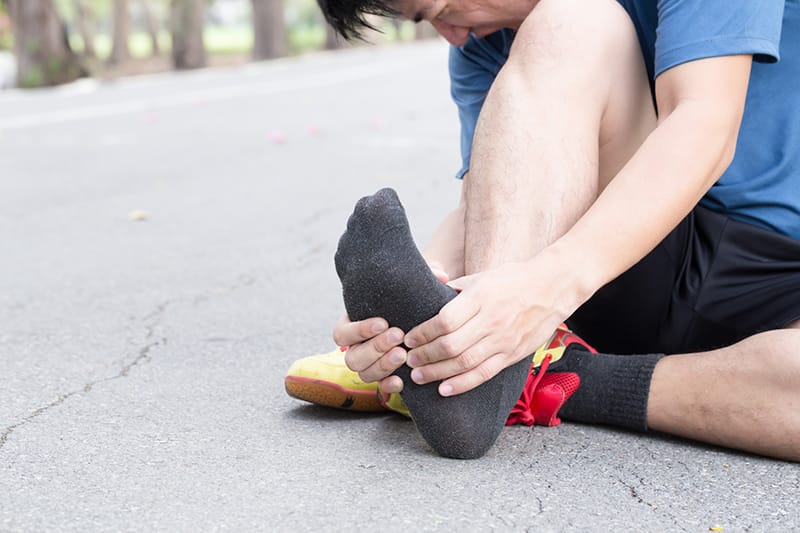Fighting Through the Grueling Pain of Plantar Fasciitis

When you are in pain, there are two things crossing your mind; how long the pain lasts, and if there is some almost instant solution to dissolve the pain away. This is the case with plantar fasciitis. Plantar fasciitis is a type of chronic pain affecting the heel of your foot.
The pain is associated with a degenerative problem tissue around the foot. WebMD states that the problem will come about when the tissues connecting the toe with the heel bone degenerate over time due to intense exercise. The problem is common in athletes, obese folks, and people with flat feet.
When it comes about, you can’t stop wondering how long does plantar fasciitis last because its pain is usually debilitating and unbearable. Experts say it might stay for more than six months but disappear by the end of the 12th month.
During the six or so months when you are in pain, any solution is welcomed. You may;
- Stretch your calf
The intensity of plantar fasciitis often increases when you tighten the muscles in the foot. Relieving the stress on the muscle may incredibly reduce pain.
Stretching your calf may reduce the pain. To stretch your calf;
- Lean on the wall with your hands holding against it
- Straighten the affected leg and ensure your feet are flat on the ground
- You feel a stretching sensation in your heels
- Hold your feet that way for more than 10 seconds
- Repeat the exercise at least three times a day
- Use ice to kill inflammation and relieve the nerves.
Ice is one of the effective pain management solutions out there, and it has been proven it works effectively against plantar fasciitis. However, using ice might be a little tricky. You can try to;
- Get some ice cubes and wrap them in the towel
- Roll them gently on your feet
- Repeat the process until the pain disappears
You may also try the following lovely hacks to accelerate the healing process.
- Rest for a while. It is essential to keep your feet from your body’s weight for the inflammation and pain to go away.
- Pain relievers such as Nonsteroidal anti-inflammatory drugs, commonly referred to as NSAIDs, will reduce the pain within 30 minutes.
According to Medical News Today, by implementing these solutions consistently for at least six months, the pain will go away for a long time.
Folks have it that what has a beginning has an end. And as you might have already guessed right, after implementing the above solutions, plantar will automatically disappear. Here are signs and symptoms that your plantar is slowly going away.
- Your movements are less painful and strenuous
Plantar makes even the slightest muscle twitch a hell. But once you start seeing your legs responding to certain movements, they’re something to glorify about. Your plantar has finally given in!
- Visible symptoms are disappearing.
If you are severely affected by plantar, you can easily spot the affected area. It is usually inflamed, red and at times looks like the area has been bruised. Seeing these signs means that you are in intense pain. But after a while, you may see the inflammation-reducing, subsequently reducing pain. These are good signs that your plantar is vanishing.
- Pain is in a specific area
During its peak, the plantar usually affects the knees, hip, and the sole of the foot. When you start experiencing localized pains, it is a good sign that the planter is disappearing.
Localized pains mean that other areas are less painful but the sole. Just keep on following the doctor’s prescriptions and advice. The happy end is nearing.
- Mornings are easy on your feet
Most plantar patients often complain about experiencing difficulties when getting out of bed. You may be resting calmly in bed, but the next minute, you are in extreme pain. Your foot is heating up!
However, if you start experiencing cool mornings, then your plantar is slowly disappearing.
Conclusion
We have answered how long does plantar fasciitis lasts, and experts say it may take you six months to be completely free from the condition. But if you stick to the recommended exercises and observe doctor’s prescriptions, all will be well.
Leave a reply
You must be logged in to post a comment.




